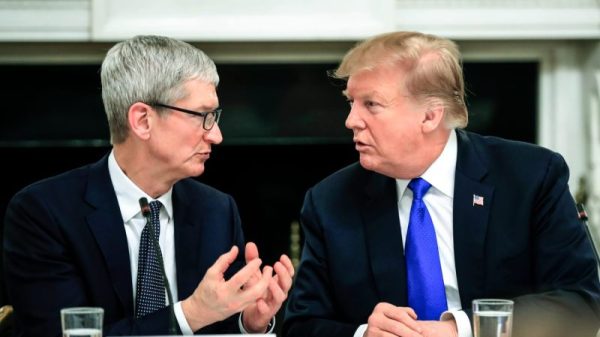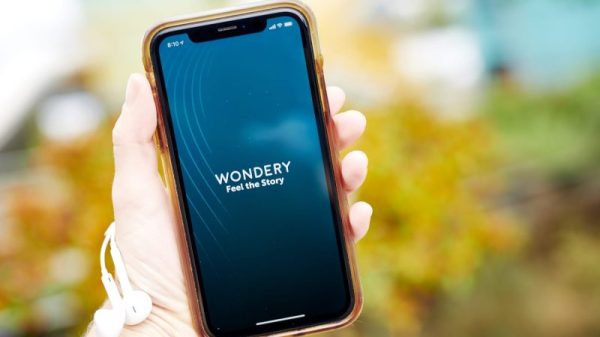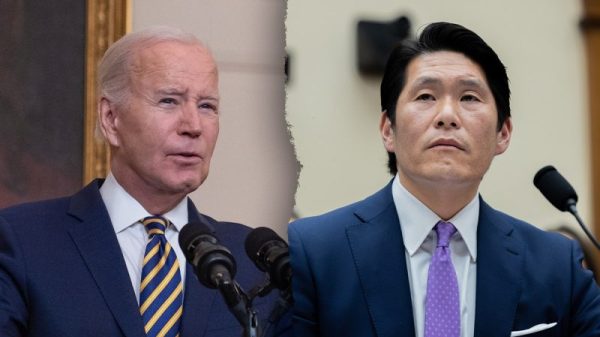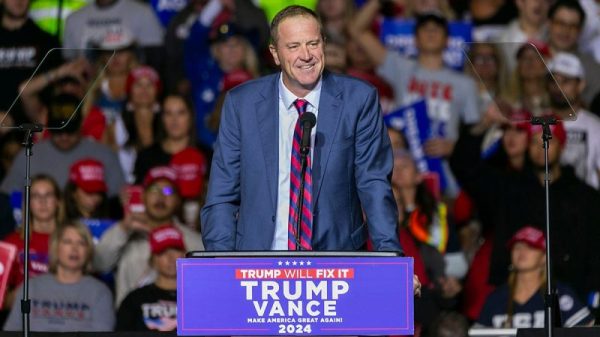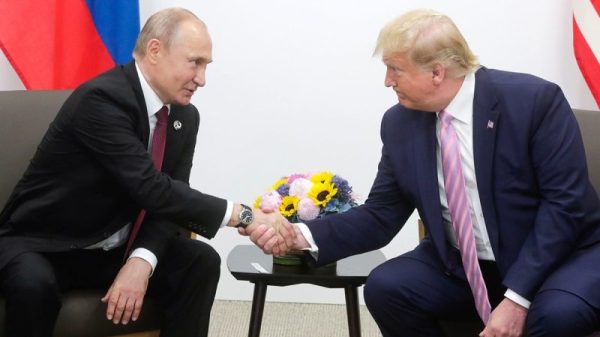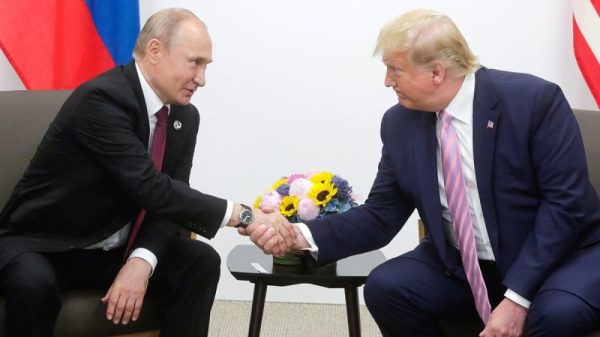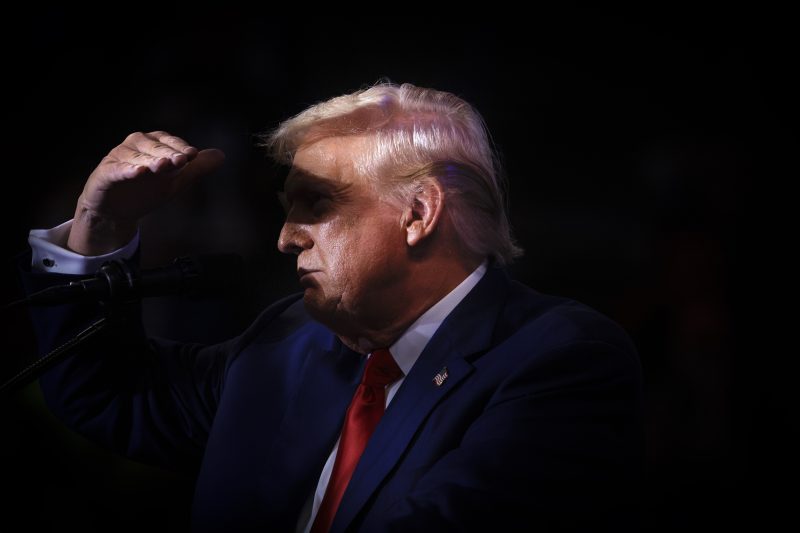In a politically charged environment, the art of deflection and misdirection has become a common tool for many public figures. Analyzing public reactions to speeches and events, especially those linked to powerful politicians, provides key insights into their messaging strategy and effectiveness. The recent incident involving former President Donald Trump and his responses to Vice President Kamala Harris’s speech presents a fascinating case study in real-time manipulation tactics.
During a live stream event, as Vice President Harris delivered a passionate address, former President Trump engaged in a classic deflection tactic. Instead of addressing the content of Harris’s speech directly, Trump chose to pivot the conversation towards his own achievements and policies. By steering the focus away from Harris’s message, Trump effectively redirected attention towards himself, illustrating a classic example of ego-centric misdirection.
Furthermore, Trump’s skillful use of misleading statements added another layer to his deflection strategy. By making ambiguous claims and sowing seeds of doubt, he managed to muddy the waters and cast doubt on the legitimacy of Harris’s message. This deliberate tactic served to undermine the credibility of his political rival, creating confusion and controversy in the process.
The real-time nature of Trump’s reactions to Harris’s speech highlights the importance of rapid response strategies in today’s political landscape. By quickly seizing control of the narrative and steering the conversation towards his preferred topics, Trump demonstrated a keen understanding of the power of deflection in shaping public opinion.
However, while Trump’s deflection tactics may have been successful in the short term, they also underscore the need for critical thinking and media literacy among the general public. By recognizing and interrogating manipulation techniques such as deflection and misdirection, individuals can better navigate the complex world of modern political discourse and make informed decisions based on facts rather than rhetoric.
In conclusion, the incident involving former President Trump’s deflection and misdirection in response to Vice President Harris’s speech serves as a compelling case study of manipulation tactics in real-time political commentary. By studying and analyzing such incidents critically, we can gain valuable insights into the strategies employed by public figures to shape public perception and influence political discourse. Ultimately, developing a keen awareness of these tactics is essential for maintaining an informed and democratic society in which truth and transparency prevail.









